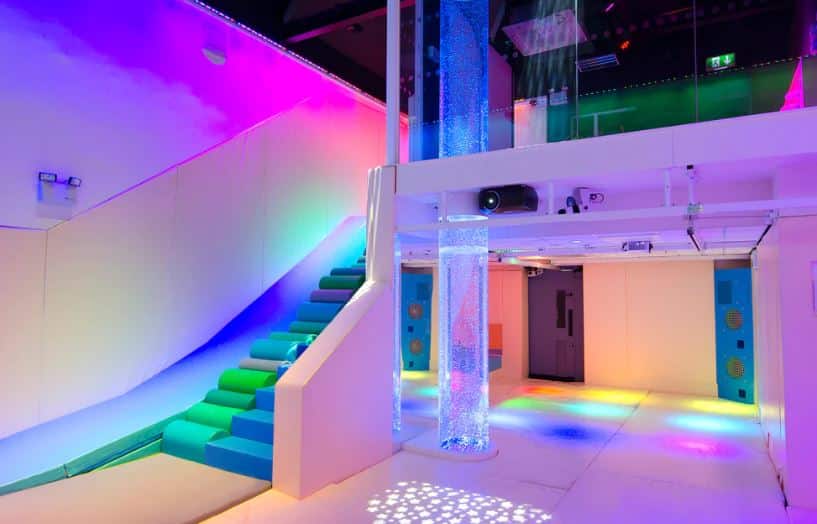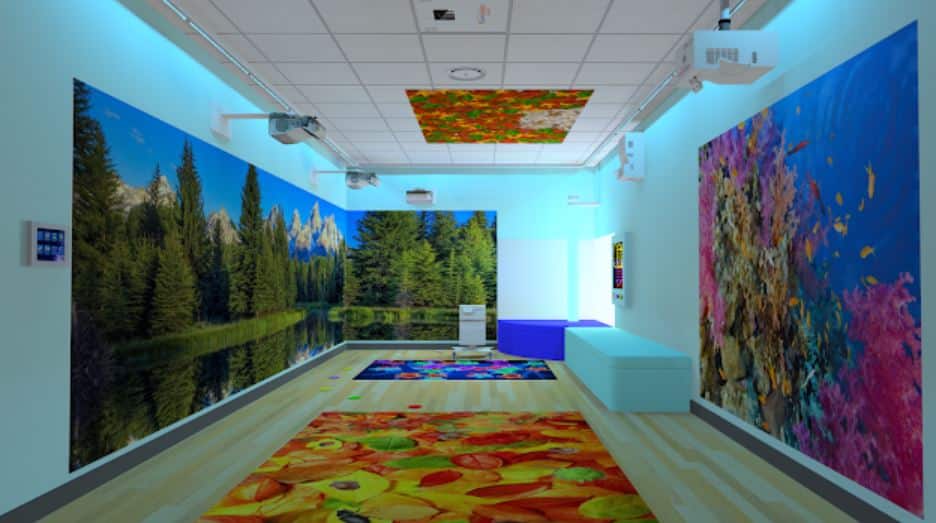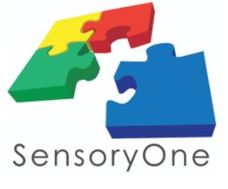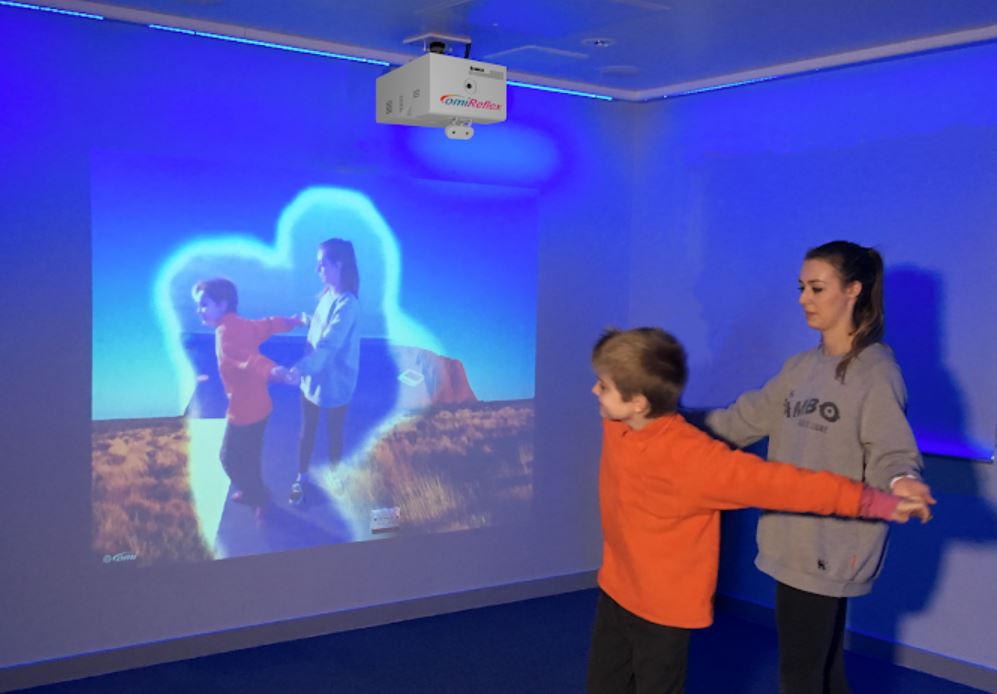
Sensory room equipment has revolutionized therapy and educational environments, offering tailored solutions for individuals with sensory processing disorders, autism spectrum disorder, and related conditions. However, behind the calming lights and comforting textures lies a complex interplay of neuroscience and psychology. In this exploration, we delve into the intricate mechanisms that drive the profound impact of sensory room equipment on brain function.
Understanding Sensory Processing
Sensory Processing Basics: Sensory processing is the brain’s ability to receive, interpret, and respond to sensory information from the environment. For individuals with sensory challenges, this process can be overwhelming or dysregulated, affecting their ability to function effectively in everyday situations.
Sensory Overload vs. Sensory Integration: While sensory overload manifests as an overwhelming flood of sensory stimuli, sensory integration refers to the brain’s ability to organize and make sense of these inputs. Sensory room equipment addresses both issues by providing controlled sensory experiences to regulate responses and promote integration.
The Role of Sensory Room Equipment

Sensory Stimulation: Sensory room equipment offers a diverse range of stimuli, including visual, auditory, tactile, and proprioceptive inputs. From vibrant bubble tubes to soothing music, these stimuli are carefully curated to engage the senses and promote therapeutic benefits.
Sensory Modulation: Equipment such as sensory swings, tactile panels, and vibrating cushions facilitate sensory modulation by offering varying degrees of sensory input. This modulation helps individuals regulate their arousal levels, leading to improved attention, focus, and self-regulation skills.
Calming Effects: The calming effects of sensory room equipment extend beyond immediate relaxation. By activating the parasympathetic nervous system, these interventions reduce stress hormones like cortisol, promoting a sense of calm and well-being that can have lasting effects on mood and behavior.
Neurological Impact
Brain Plasticity: The brain’s remarkable ability to adapt and reorganize in response to experiences, known as neuroplasticity, underlies the effectiveness of sensory room interventions. Through repeated exposure to sensory stimuli, individuals can strengthen neural connections and develop more adaptive responses to sensory input.
Cortical Processing: Different types of sensory input are processed in specialized areas of the brain. For example, visual stimuli are primarily processed in the occipital lobe, while auditory information is processed in the temporal lobe. Sensory room equipment targets these specific brain regions to elicit desired therapeutic outcomes.
Neurotransmitters and Hormones: The sensory experiences provided by equipment like weighted blankets and aroma diffusers have been shown to influence neurotransmitter levels and hormone release in the brain. For instance, deep pressure stimulation from weighted blankets can increase serotonin levels, promoting feelings of relaxation and well-being.
Research and Evidence
Clinical Studies: Numerous clinical studies have demonstrated the effectiveness of sensory room equipment in improving outcomes for individuals with sensory processing disorders. These studies often utilize standardized measures to assess changes in behavior, attention, and sensory processing abilities before and after sensory room interventions.
Case Studies: Real-life case studies provide compelling evidence of the transformative effects of sensory room equipment on individuals’ lives. From children with autism spectrum disorder to adults with PTSD, these stories highlight the diverse applications and benefits of sensory room interventions across different populations.
Quantitative Data: Quantitative data from research studies and program evaluations offer statistical evidence supporting the efficacy of sensory room equipment. Measures such as the Sensory Profile and Behavior Rating Scales provide objective assessments of changes in sensory processing, emotional regulation, and adaptive behaviors following sensory room interventions.
Incorporating Sensory Room Equipment into Therapeutic Practices:
Occupational Therapy: Occupational therapists play a central role in designing and implementing sensory room interventions to address clients’ specific sensory needs. Through structured activities and sensory-based strategies, therapists help individuals develop sensory processing skills and achieve functional goals.
Speech and Language Therapy: Sensory room equipment can complement speech and language therapy by creating optimal learning environments for communication development. By reducing sensory distractions and promoting engagement, these interventions enhance the effectiveness of speech therapy sessions.
Behavioral Therapy: Behavioral therapists utilize sensory room equipment as part of comprehensive treatment plans for individuals with behavioral challenges. By incorporating sensory regulation techniques and sensory-friendly environments, therapists help clients manage stress, reduce anxiety, and improve self-regulation skills.
Designing Effective Sensory Environments
Sensory Room Layout: The layout of a sensory room plays a crucial role in optimizing its therapeutic benefits. Considerations such as traffic flow, seating arrangements, and equipment placement should be tailored to meet the needs of the intended users and activities.
Choosing the Right Equipment: When selecting sensory room equipment, it’s essential to consider factors such as individual preferences, sensory preferences, and therapeutic goals. Collaborating with occupational therapists, educators, and other professionals can help ensure that the chosen equipment meets users’ specific needs.
Maintenance and Safety: Regular maintenance and safety checks are essential to keep sensory room equipment functioning properly and prevent accidents or injuries. Establishing clear guidelines for equipment use and maintenance procedures can help ensure a safe and supportive environment for all users.
Future Directions and Innovations
Technology Integration: Advancements in technology, such as virtual reality and interactive projections, hold promise for enhancing sensory room interventions. These technologies offer immersive sensory experiences that can be tailored to individual preferences and therapeutic goals.
Personalized Interventions: As our understanding of sensory processing continues to evolve, personalized interventions based on individuals’ unique sensory profiles are becoming increasingly feasible. By incorporating assessments of sensory preferences and sensitivities, therapists can tailor interventions to maximize effectiveness and engagement.
Collaborative Research: Interdisciplinary collaboration between researchers, clinicians, educators, and technology developers is essential for advancing our understanding of sensory processing and optimizing sensory room interventions. By sharing knowledge, resources, and best practices, we can continue to innovate and improve outcomes for individuals with sensory challenges.
Sensory Spaces will Drive Positive Therapeutic Outcomes
The science behind sensory room equipment is vast and multifaceted, encompassing neuroscience, psychology, and therapeutic principles. By targeting specific sensory pathways and neural circuits, this equipment offers tailored solutions for individuals with sensory processing disorders, autism spectrum disorder, and related conditions. As research and innovation continue to drive advancements in this field, the future holds promise for more personalized, effective, and inclusive sensory interventions across various settings and populations.





